Here are the links for my books ‘Hue.’, ‘Form.’ and ‘Motif.’
Hue:
https://www.blurb.co.uk/b/9481553-hue
Here are the links for my books ‘Hue.’, ‘Form.’ and ‘Motif.’
Hue:
https://www.blurb.co.uk/b/9481553-hue
For my first photo shoot I decided that I was going to take photos of a Madeiran folklore group. I did this because folklore is the physical expression of culture as a group of people. It conveys the projects and the traditions that link with a culture. It projects the traditions common to that culture. They include material culture, ranging from traditional building styles to handmade instruments common to the group. This particular group is of folk dancers which is very traditional in Madeira only rather than Portugal.
This group of people are organised by a woman and each member of the group has immigrated from Madeira. I decided to photograph these people, as they are the strongest link to culture in Jersey, whist keeping the tradition alive for the people who have migrated.
They do folk dances in Portuguese festivals here in Jersey and train all year.Many families are part of the group. There were fathers, mothers and children. I thought it was very interesting to see the children in the traditional outfits, as the folk dance is very traditional for the older generation.




After getting in contact with the group I was able to produce the series of images above. These photographs were taken as they did traditional dances, played traditional instruments, and sung traditional songs. I enjoy taking photographs of people when they are distracted to make them as real and as natural as possible and I believe that I was able to do this with the images I produced.
I decided that I was going to capture this image after looking at Philip Toledano’s work. I did this because I thought it would be really interesting to fit this into my project looking at culture identity whilst also being inspired to explore the past of my parents and how they grew up and lived at my age.

This photograph was taken in natural lighting. I wanted to get a sort of abstract feel to the image, coming relatively close up in order to show the Portuguese writing and enhance the wear and tear. The lighting was coming from the right of the image creating small shadows around the frame of the image.
I also added high contrasts to the image as well as saturation to bring out the rust in the metal letters in the top right hand corner. Manipulating the image with colour allowed me to enhance the texture of the old frame, emblems and fabric on the left hand side. I also added a vignette to ensure that the focal point remained in the middle and not so much on the frame around. I took the image from an alternative angle making the foreground slightly blurry, manipulated by the camera using a smaller f-number which equates to a larger aperture whilst using the manual focus.
The lighting in this image seems like a glimpse of natural light, possibly coming through a window creating the shapes of the shadows on the subject and background. There are shadows created by the positioning of the image and it gives the impression that the envelope is floating. The shadows in the background are out of focus however the envelope is sharp and clear creating a macro effect. The photo seems as it has been taken using f4 considering the background and middle ground is blurry with a short depth of field. The shutter speed could have been set as 1/30, allowing light in the photograph but not until it becomes highly exposed.
Contextually, this is an image of my fathers certificate from when he completed his time int he army. In the days that my parents lived in Madeira, it was compulsory for all men to go into the army when they became young adults. I was inspired by Philip Toledano’s image and looked around for old documents and objects that are owned by my parents. This certificate came over from Madeira and has been well looked after in a frame for over 30 years.
“This work was a way of getting to know Claudia.”
Philip Toledano
Toledano was born in 1968 in London, to a French Moroccan mother and an American father. He grew up in London and Casablanca. He received a BA in English literature from Tufts University in Boston. Toledano considers himself a conceptual artist: Everything starts with an idea, and the idea determines the execution. Consequently, his work varies in medium, ranging from photography to installation, sculpture, painting and video.
The image below comes from a set of images produced for an album by Philip Toledano called “When I Was Six” I chose this image to analyse as it is not the area of photography that I look most into. I have always enjoyed taking portraits and engaging with the subjects, however, after looking into the meanings of these photographs it has shown me that they can potentially be ore powerful and have more meaning.
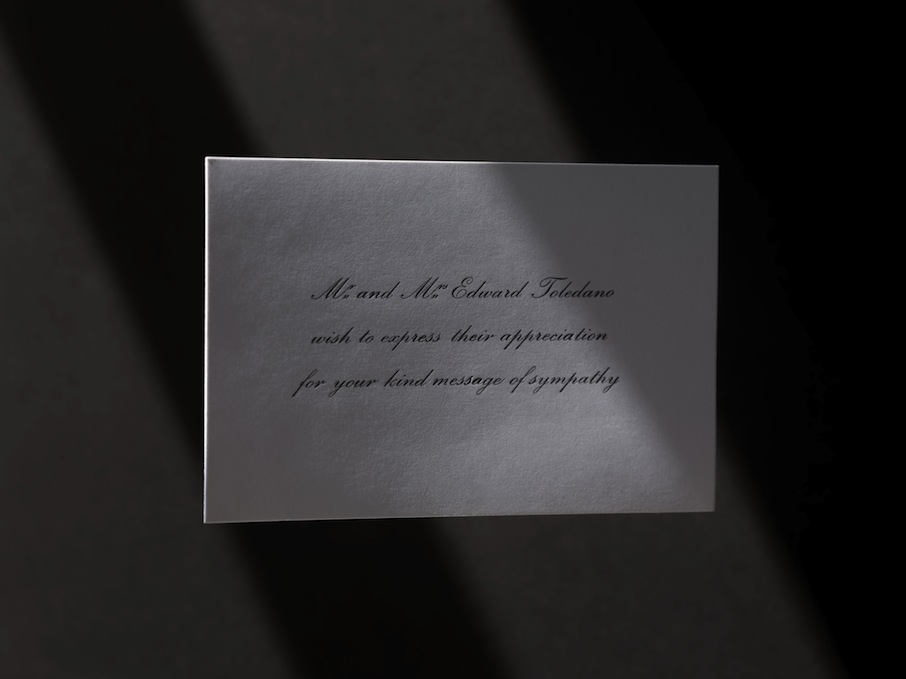
The lighting in this image seems like a glimpse of natural light, possibly coming through a window creating the shapes of the shadows on the subject and background. There are shadows created by the positioning of the image and it gives the impression that the envelope is floating. The shadows in the background are out of focus however the envelope is sharp and clear creating a macro effect. The photo seems as it has been taken using f4 considering the background and middle ground is blurry with a short depth of field. The shutter speed could have been set as 1/30, allowing light in the photograph but not until it becomes highly exposed.
The image does not have a filter nor does it seem like it has been manipulated after being taken. The focal point is the envelope and the black background maintains this focus. I would say this photo has low light sensitivity and it is clear and focused rather than grainy. The textures are not enhanced due to little contrast, however, it is clearly shown that the envelope of completely intact after over 40 years which portrays the fact that all his sisters belongings were well looked after and cared for. The simplicity of this image is what makes it most powerful.
“…things I’d never seen before, neatly packed away, a museum of sorts, created by my mother.”
Philip Toledano
After researching more about this image, I found that Toledano had bee going through things, possibly a clear out of the things left behind by his family as he says that he found a box of his sisters’ things after both his parents passed away. This shows that he could potentially be photographing these objects as a form of closure, after being very sensitive he found himself ready to explore things after being alone. In my opinion, I think that he took these images to remember his childhood and is grasping on to these belongings as his loved ones are no longer around. I though thsi images was very inspiring as the letter is addressed to his parents regarding the death of his sister and so capturing images of these belongings and working with them, made him feel almost as if he was with them again.
He says that “Claudia (his sister) was a constant but unknown presence” in his life which for me, emphasizes the idea that he was ready to find closure, and as if he had nothing else to lose now. He also talk about these images being a way of getting to know his sister, as he was so young when she passed but grew up suffering with the loss in the family.


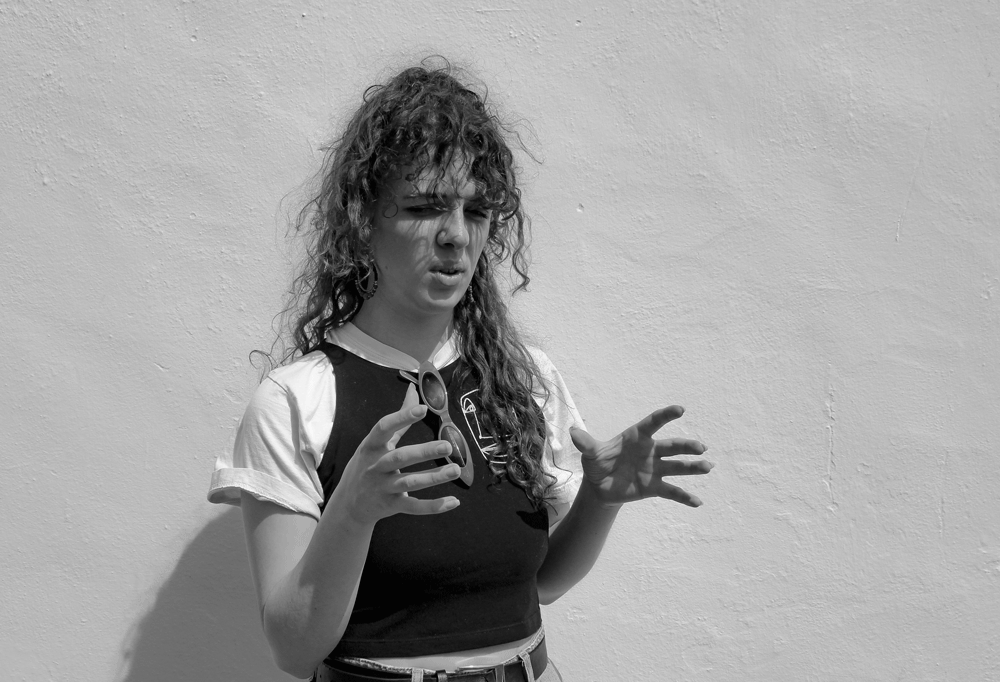

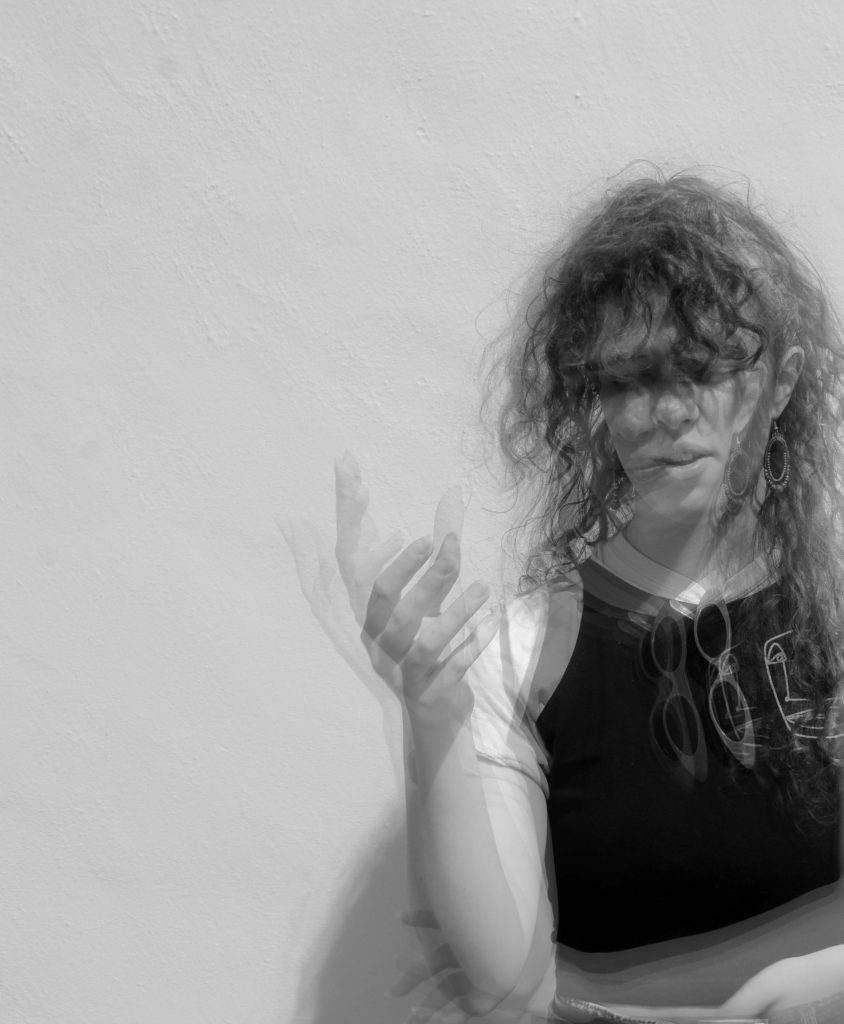




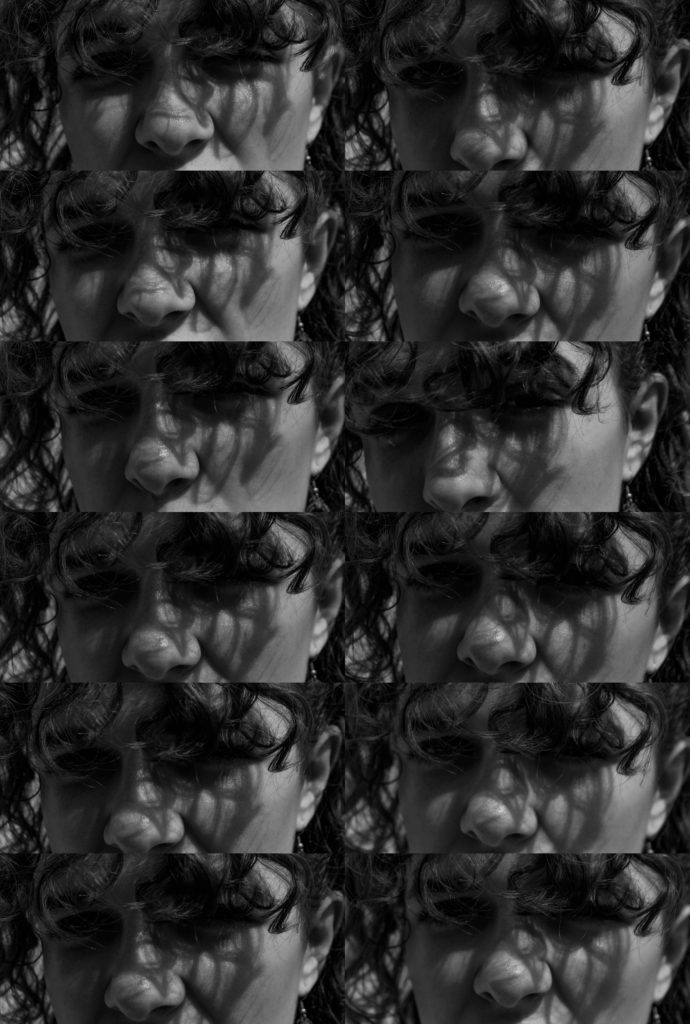

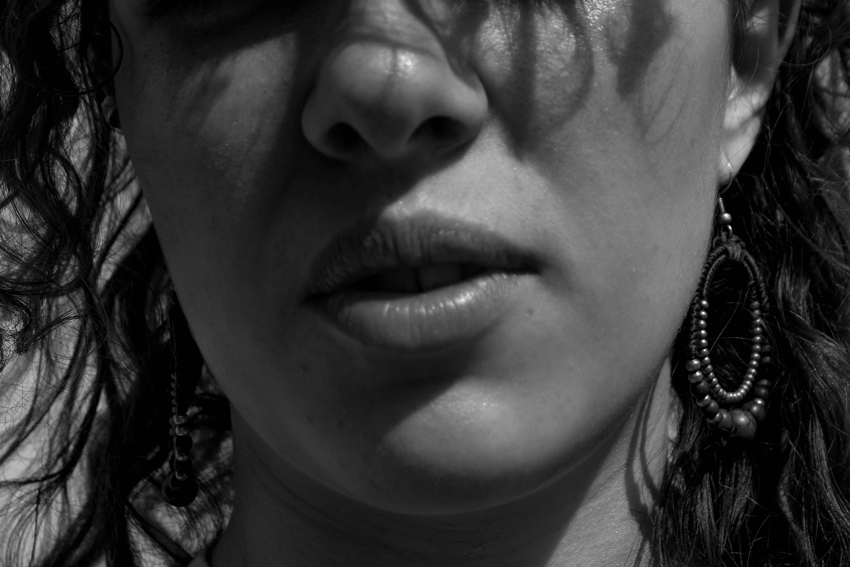










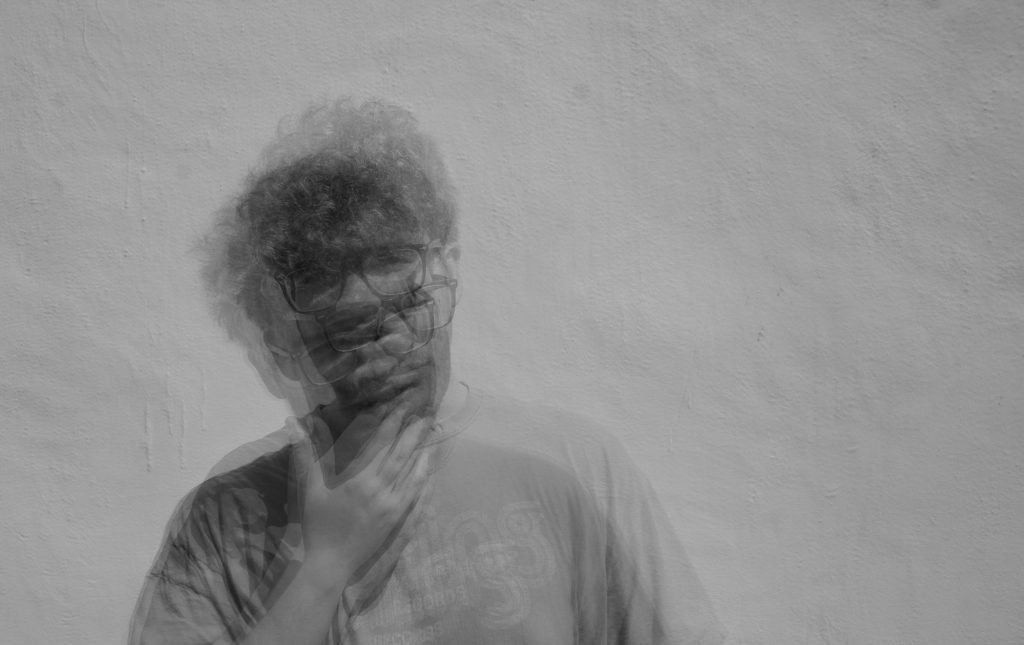





Above, I have made a short video made up of screen shots from my editing process for the image below. I did not edit my images drastically as my goal was to make sure that I kept the images as real and natural as possible. Although it can be seen in my Photographic Response post that I have manipulated colours and experimented to see how I could keep the photo looking natural but giving it meaning through colour.

I found the exam unit very successful in the sense that I feel my project topic fulfilled the brief in a way that fits my personal style. The title of variation and similarity allowed me to explore portrait photography around beauty ideals in the modern world. I developed my ideas by first looking at the work of Erwin Blumenfeld one of the early fashion photographers who set the expectations of beauty in the industry. I then looked into some of his work involving mirrors and the idea of reality and fantasy within the world of the mirror, linking reflections with the idea of narcissism. Next I looked at the work of Nigel Tomm and the distortion of the perfect image portrayed within magazines and the media, I was inspired by this to experiment crumpling folding and re scanning existing images from magazines. I then went on to produce my own portrait images in a simple style which I could print and edit in different ways. I wanted these portraits to show variation in beauty rather than being of models who all look the same. After printing out these images in degraded quality I gave them back to the people I took photos of so they could destroy, adapt and and correct their insecurities. I also used these images for other styles of editing including some where I added an overlay to the perfect face structure used by modelling agencies and warped it to fit the real shapes of my models. This was meant to suggest that not everyone can conform to these expectations to be the same, we are all individuals who do not all appear ‘perfect’. I also took close up photos of peoples skin inspired by Peter Devito’s work on changing perception on skin conditions , these images were intimate and display people insecurities in a artistic way rather than the negative way they are often displayed in the media. I compiled all of these edits together into a magazine layout reminiscent of a clastic fashion a beauty magazine which would promote the ideal of perfection. Together they show an broad representation of beauty and question modern ideals and pressures that we all face.
The main links between the exam theme ‘variation and similarity’ and my final piece is in the sense that their should not be one view of beauty and perfection and everyone looking the same, instead a variation is good an natural for humans and should be embraced by modern media to help problems with negative self image and mental health.
The final prints I produced display key elements from the magazine I think the way I presented them compliments the photos and helps their individual details stand out and not become over complicated. The composition of the close up images layered on foam board was hard to get accurate because I could not draw on the background image however I think how I lined them up with the parallel edges looks neat and organised. The composition of the other images was simple I arranged to of the images with the same face structure overlay together, they were both taken from different angles which I think helps show their individual identity. improvements
If I were to do this exam unit again I would keep the same concept because I enjoyed developing these ideas and producing the final outcome however I would probably extend the photoshoots and produce a larger range of edits to extend the length of the magazine and make it a more quality product. I would probably also develop the text elements further creating articles or pieces of literature to accompany the images and narrative them in a a way. I would also extent the magazine by adding images in the style of product adverts which would normally be seen in modern media promoting beauty product which claim to solve people problems with appearance. These would ben in a sarcastic and humorous tone maybe including images opposing the general and expected idea of these advert styles. I could have then used these adverts as my final prints and printed them as posters or on product packaging. However for the time given I think my response to the exam title shows my ability and development of ideas and concepts to produce a final outcome.
When comparing my image with Sank’s, I noticed that the biggest difference was the colours. I believe that colours are a huge part of the story for every photograph. It is obvious that both couples are of different cultures. When comparing my photo to Michelle Sank’s image, we can see that we chosen different environments. I think that our garden tells a big story and so I thought that each detail in both photographs are all very important and strong as there are objects which are treasured and have a lot of meaning.
For my final piece I deiced to use three frames of different sizes to frame up 6 prints. I got the frames from a gallery because they were no use to them due to having no backing or glass but they were perfect for me. I measured the mount-board and my photos to achieve a central finish with even boarders. I also measured the mount-board to fit inside the frames to act as the new backing. The theme of the exam was Variation vs Similarity. I explored this idea by using mirrors and frames to play off the idea of how we variate the images we take by alterating them by using the viewfinder. My inspiration for using frames for my final work was the Salon of Art Exhibitions which used lots of small frames to cover the walls of galleries. This fitted in with my project because my final images all used frames to frame something (E.g. Window frames).
For this frame I chose to use 3 landscape A5 images as I thought they would be stronger in a collection of three. For the shoot in which I took these images, I used a easel which I borrowed to hold the mirror, my mirror from home and I decided against using a tripod as I thought it would be easier to position the mirror in the center of the image without having to move and adjust the tripod. The were taken on the cliff paths of Jersey near or on site effected by war. This shoot was in response Guillaume Amat’s work which focused on used mirrors as a way to reflect a view which added to context to the image. For example the image below which shows a prison with the reflection of a tree with a clear background, which in opinion is a sign of hope for the people in the prison that one day they will be free.

For this frame used two pieces of work that were inspired by Chen Po I. He creates work similar to that of Guillaume Amat in the sense that he uses frames to send a political message. Instead of using mirrors he uses window and door frames to frame backgrounds. I chose to put these to images together as they both contain more natural backgrounds and have similar compositions.
I thought this was strongest image, so I decided to give its own frame to stand alone. This image was also inspired by Chen Po I but I chose to use a slightly different frame from what he normally uses (the open door). I like how the light inside the shed looks like it is coming from the light source outside which adds to the overall look of the image.

This are my final images I have chosen which I believe are the strongest I have created. I may use all of or I may chose a slightly smaller collection to frame up and present. On this post I going to show different variations of the images using Photo shop.












